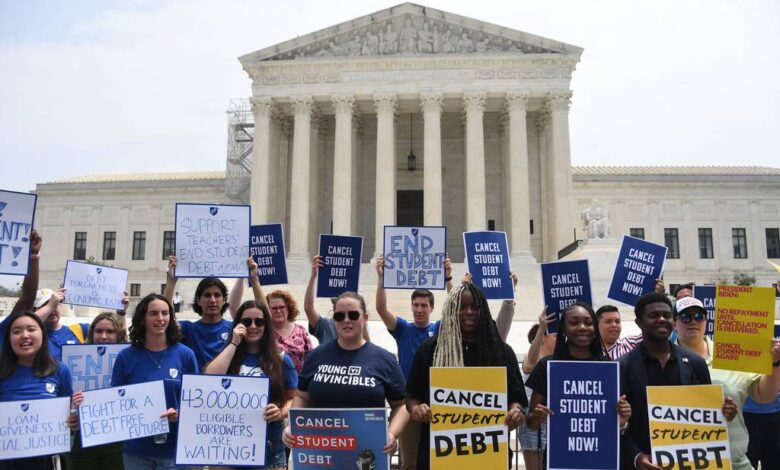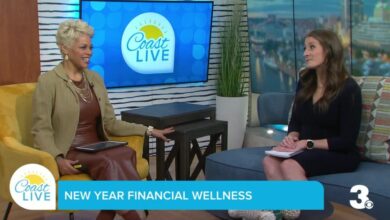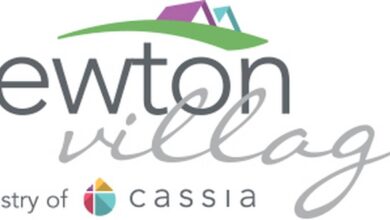What Maryland borrowers need to know about student loan repayments resuming this fall

The Supreme Court struck down the Biden administration’s loan forgiveness plan June 30, and millions of Americans must prepare to pay back their loan balances this fall.
The forgiveness program would have absolved $10,000 for individuals making less than $125,000 a year and an additional $10,000 for the need-based Pell Grant recipients.
Independently of the court’s decision, student loan payments will resume in October after a three-year pause, meaning 43.6 million federal student loan borrowers will be held accountable for $1.644 trillion.
But President Joe Biden announced June 30 a new route of student debt relief under the Higher Education Act of 1965. Under the act, the U.S. Department of Education can “enforce, pay, compromise, waive, or release any right, title, claim, lien, or demand” debt relief, using public hearings.
Maryland has the second-highest average federal student loan debt, after the District of Columbia, totaling $42,861 per borrower, according to the Education Data Initiative, a group of researchers who provide statistics about higher education.
“[The court’s decision] would’ve made a pretty big impact on my life,” James Badder of Silver Spring said. “I thought about saving for a down payment for a house and what income I can afford to spend.”
Badder is working toward his doctorate in geology at the University of Maryland, College Park but is still paying back his student loans on his undergraduate degree from what was then California University of Pennsylvania.
Aaminah Woods, who recently graduated from the University of Baltimore and has been studying for the bar exam, said: “I’m upset. I have a lot of debt. I guess it’s not looking good for me.”
Here’s what Maryland borrowers should know before student loan repayment begins.
Maryland student loan borrowers have options they can explore to pay back their debt.
The state offers a student loan tax credit, through which the Maryland Higher Education Commission can use up to $18 million to help Marylanders in debt each year.
The Maryland Student Loan Debt Relief Tax Credit is available for any Maryland taxpayer who has incurred at least $20,000 in undergraduate and/or graduate student loans and has at least $5,000 in outstanding student loan debt when they apply. Applicants must be current taxpayers to receive the credit in the following tax period, regardless of university location. Applications close Sept. 15.
The credit will be added to one’s tax refund or deducted taxes owed to the state. Recipients must prove they used the tax credit money toward their student loans within three years of the taxable year when they applied.
There are also programs available to help Marylanders better understand and take charge of their financial situations. The Maryland Center for Collegiate Financial Wellness hosts loan clinics every second and fourth Wednesday of the month from 7 p.m. to 8 p.m. Participants can join for free via Zoom or via Facebook Live. Past sessions are available to view on the center’s YouTube channel. The center also hosts events throughout the year focusing on college financial wellness.
Borrowers tend to have more consolidation and payment flexibility with federal loans — those distributed by the government — than private ones, said Tisa Silver Canady, a local financial wellness advocate and founder of the Maryland Center for Collegiate Wellness.
With federal loans, borrowers have the option to use income-driven repayment plans, cancellations and public service loan forgiveness.
Federal student loan guidance is available at studentaid.gov. In addition to showing users their federal loan amounts and monthly payment breakdowns, the website shares information and resources that direct loan providers might not, such as loan counseling, economic hardship deferment, applications and information on other loan forgiveness programs. The loan stimulator tool allows borrowers to see what a monthly payment would look like under all repayment plans available.
Some people might find commercial lenders, or private entities, on their Federal Student Aid report. These are still federal loans that the government has contracted out. People with federal loans that are commercially held still qualify for federal loan benefits such as free consulting, consolidation and forgiveness programs.
If you cannot find a certain lender, check your credit report for private student loan lenders. If the loan is in studentaid.gov, it’s a federal loan.
Mary Jo Terry, managing partner at Yrefy LLC, a lender specializing in private student loans, said it’s important for people to stay up to date on their loan providers, as some have stopped offering student loan services.
“A lot of us haven’t even taken a look at who’s servicing our loans. We also probably haven’t updated our information,” Terry said. “Loan servicers have jumped in, and loan servicers have jumped out.”
Borrowers should make sure their personal information is current to ensure they are receiving the latest details, Terry said. They should also check whether they are on autopay for their student loan repayments and determine whether they can afford the suggested monthly payment amounts.
The Supreme Court shot down Biden’s loan forgiveness plan, but there are others available.
For example, the Public Service Loan Forgiveness Program forgives student loans for government or nonprofit workers. To qualify, applicants must have made the equivalent of 120 monthly payments.
The Teacher Loan Forgiveness program — dedicated to those who’ve taught full time for five consecutive academic years at a low-income school or educational service agency — also forgives up to $17,500. Payments do not have to be consecutive to qualify for forgiveness.
Terry said those who make regular payments on their loans will be in better standing for current and future loan forgiveness programs.
“You have to be in a good current position if you’re going to have your loans forgiven,” she said. “We definitely want to keep you in a position where if you are eligible, that you do receive that forgiveness.”
If borrowers find they cannot afford their payments, they can look into consolidating, through which multiple loans are condensed into one and payment periods are extended. Although deferring payments is an option, it’s best to keep making payments on the loans, no matter the amount, Terry said. Federal loans can be consolidated within the Federal Student Aid website, keeping them as federal loans.
To consolidate loans, Silver Canady said it’s best to do it directly through the Federal Student Aid website or through the federal lender listed. For private loans, borrowers should contact the companies directly.
Another option is refinancing loans, a process in which a private lender pays off the debt and the borrower starts a fresh loan with the lender.
By looking for other private lenders, borrowers might come across lower interest rates or better repayment plans. The downside to refinancing private loans, Silver Canady said, is that borrowers could end up paying more overall.
“For those who are struggling with private student loans, their main option could be to shop around a bit,” Silver Canady said, referring to finding new private lenders. “When you refinance, your older loans get paid off. … For some people starting fresh with a longer repayment term, [that] will mean a lower payment.”
Unlike federal loans, private loans usually do not have income-based payments, she said.
“Once that loan crosses the line from federal over to private, there’s an immediate loss of the federal student loan benefits,” Silver Canady said.
She cautions those who might be exploring consolidation or refinancing. Advertisements might use the wrong language when referring to these options, she said.
If an adviser asks for a large amount of money upfront or guarantees student loan forgiveness, it’s likely a scam, she said. The Maryland Center for Collegiate Wellness is working with educators in Prince George’s County and Baltimore City to create pro bono hours for financial consulting regarding student loans.
“Student loans are very personal,” Silver Canady said. “And unfortunately, there’s not a lot of training in that way. So I would caution people to just be very cautious when they’re engaging someone for help with student loans.”
The Evening Sun
Daily
Get your evening news in your e-mail inbox. Get all the top news and sports from the baltimoresun.com.
The University System of Maryland Chancellor Jay A. Perman released a statement June 30 regarding the Supreme Court decision, saying: “We empathize with the Americans struggling under significant debt who needed this financial lifeline. At the University System of Maryland, we’re committed to making college affordable, so that our students don’t have to take out loans in the first place.”
Perman added that the university system has taken steps to help finance students’ education in the future, including a bill sponsored by Maryland State Sen. Nancy King, a Montgomery County Democrat, that aims to, among other things, use investment income from quasi-endowment funds to help with need-based financial aid for students.
“Still, nearly 50,000 Maryland students have some unmet financial need, and these students often turn to loans to fill the cost gap. That’s why the USM proposed legislation this year to increase the amount of aid we’re able to offer students,” Perman said in the statement.
Diamond McCready, the associate director of federal programs at Morgan State University, said the student loan pause is “unique” as some borrowers have little or no experience in paying interest.
She said Morgan State will be rolling out a series of campaigns on how to manage loans. Recent graduates should pay extra attention to their budgets and consider reaching out to their university’s financial aid offices, McCready said.
Baltimore Sun reporter Sabrina LeBoeuf contributed to this article.




